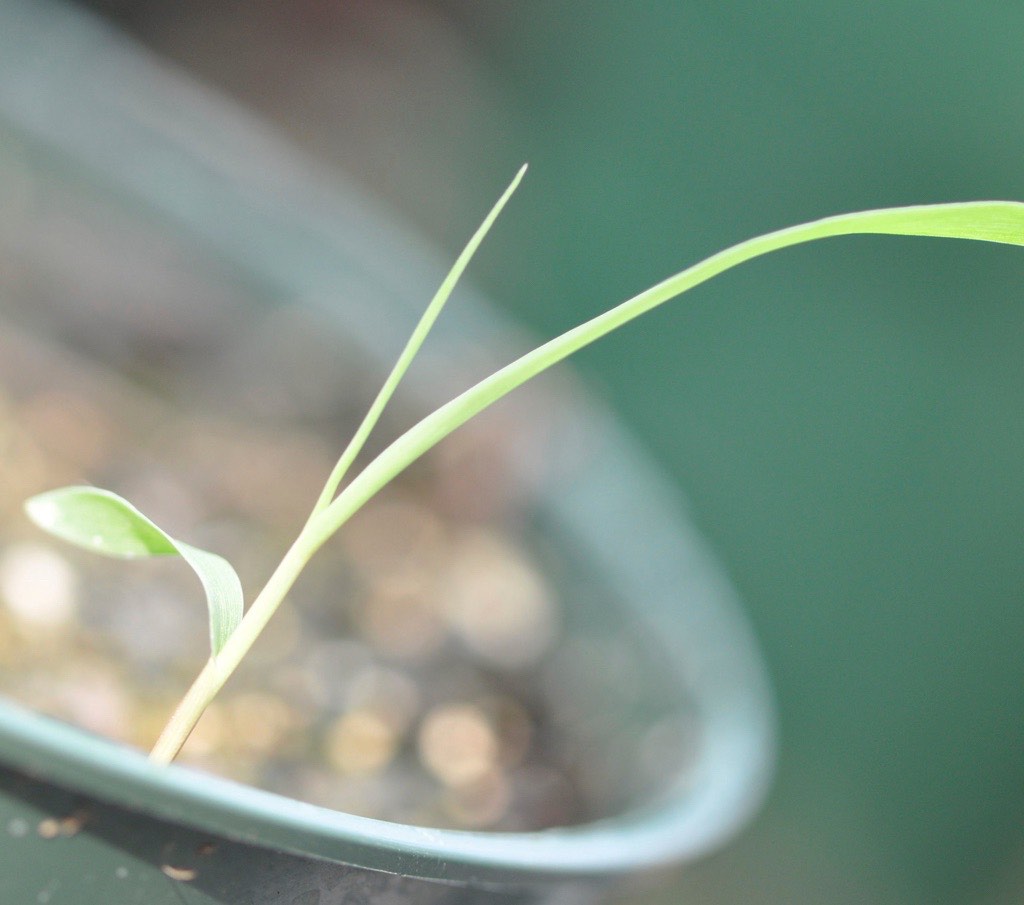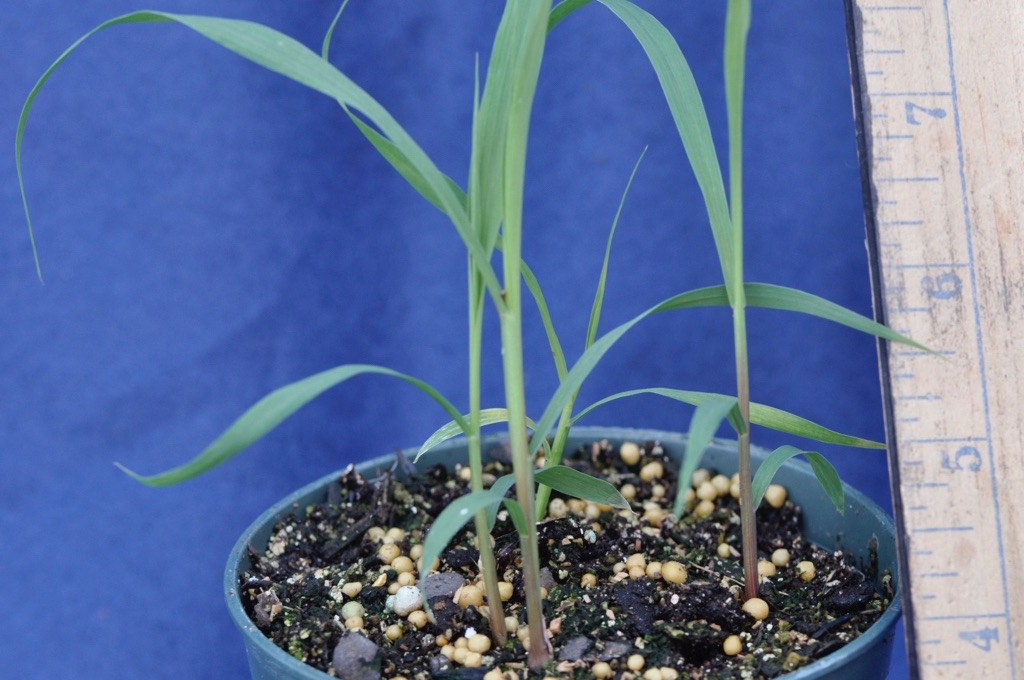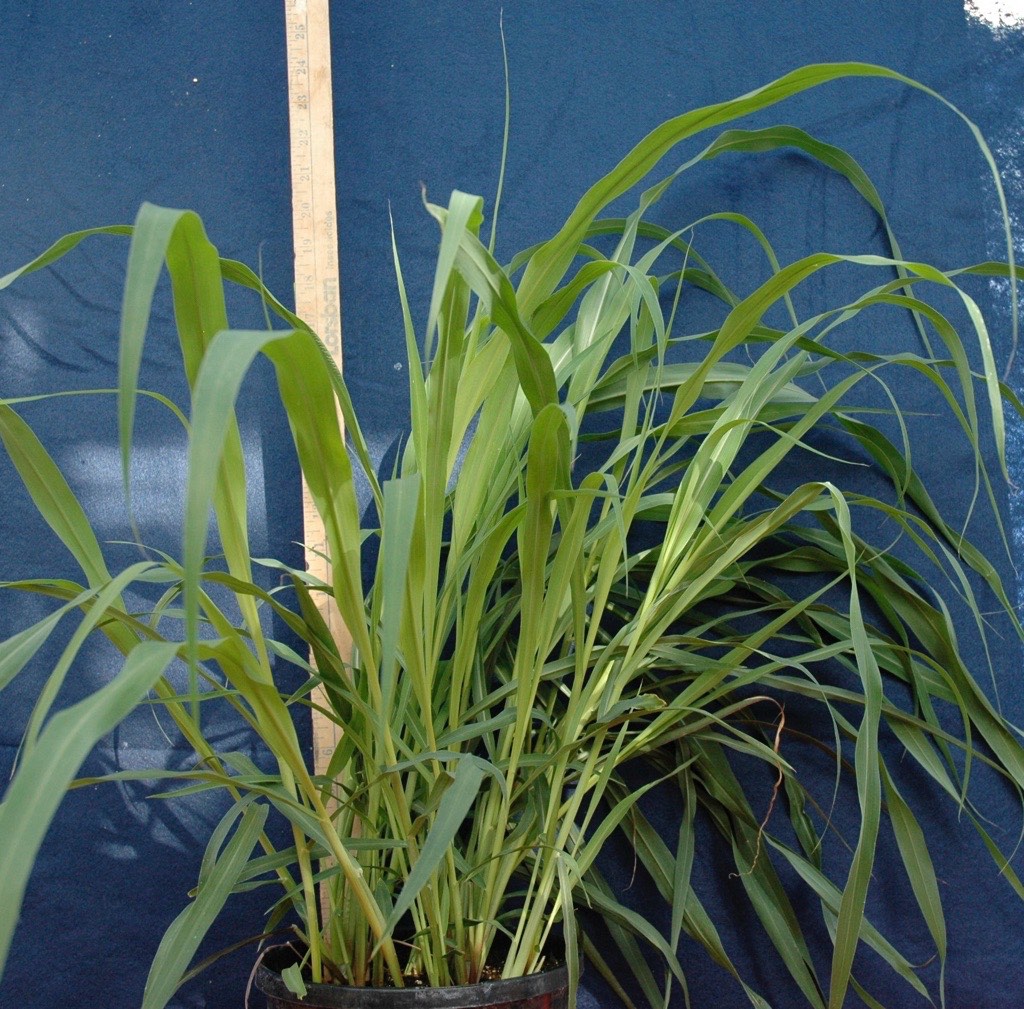Ohio’s Noxious Weeds
Johnsongrass

Sorghum halepense, johnsongrass
Family: Grass, Poaceae.
Habitat: Rich soils, cultivated fields throughout Ohio.
Life cycle: Perennial, spreading by rhizomes and seed.
Growth Habit: 3-6 feet or more.
Leaves: 0.5 -1 inch wide, smooth blades with a prominent white midvein.
Flower: July – October. Can be up to 1 foot or more in length; panicles are loosely branched, purplish, and hairy. spikelets occur in pairs or threes.
Roots: Fibrous. Rhizomes are found close to the soil surface. They are stout with purple spots and scales at the nodes.
Stem: Smooth, pink to rusty red near the base.
Similar plants: Look for rhizomes to distinguish johnsongrass from shattercane (Senecio bicolor).
The problem is…. Johnsongrass is very competitive with crops, spreading rapidly by rhizomes. It was initially introduced to the US as a forage crop, but its aggressive growing habit quickly made it undesirable. It is listed as a noxious weed in numerous states.


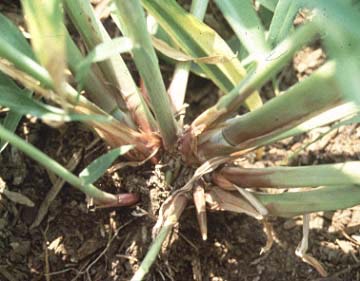
The rhizomes of johnsongrass help distinguish it from shattercane, and allow the plant to survive tillage.
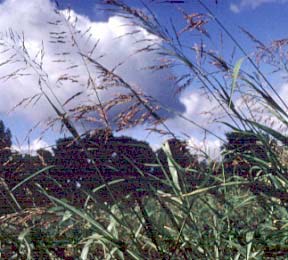
Johnsongrass has established itself along the edges of this cultivated field.
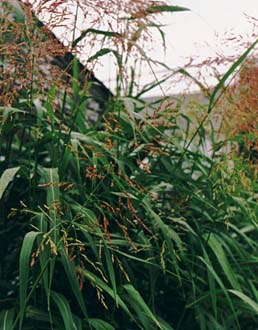
Note the prominent white mid-veins on the leaves.
